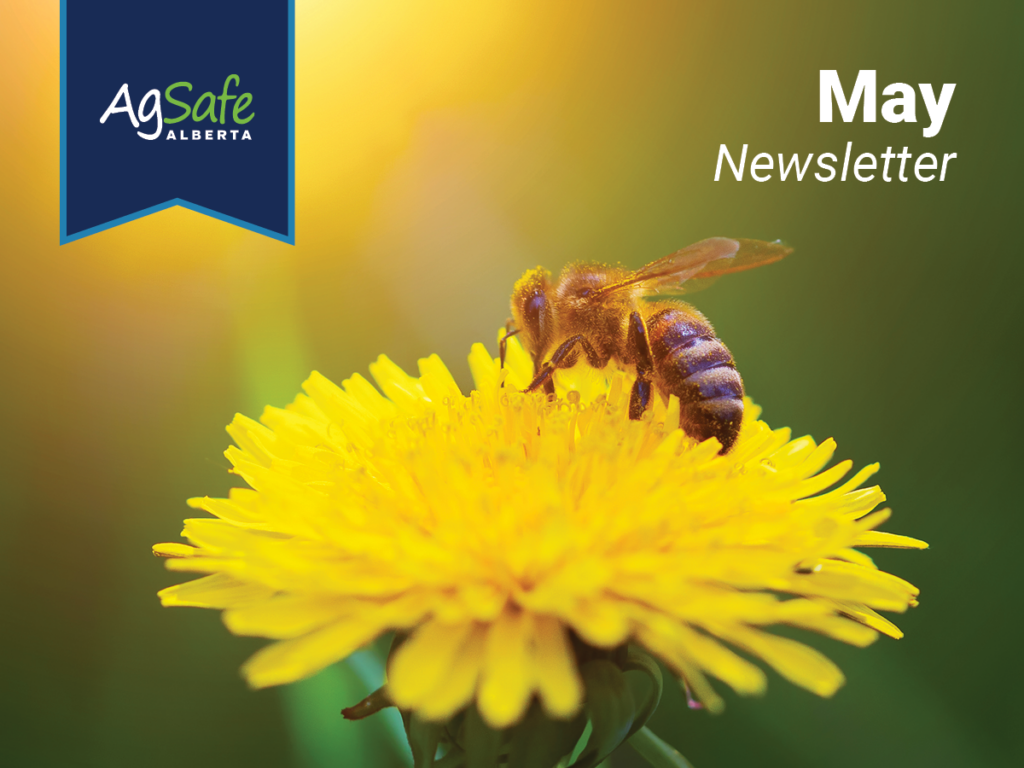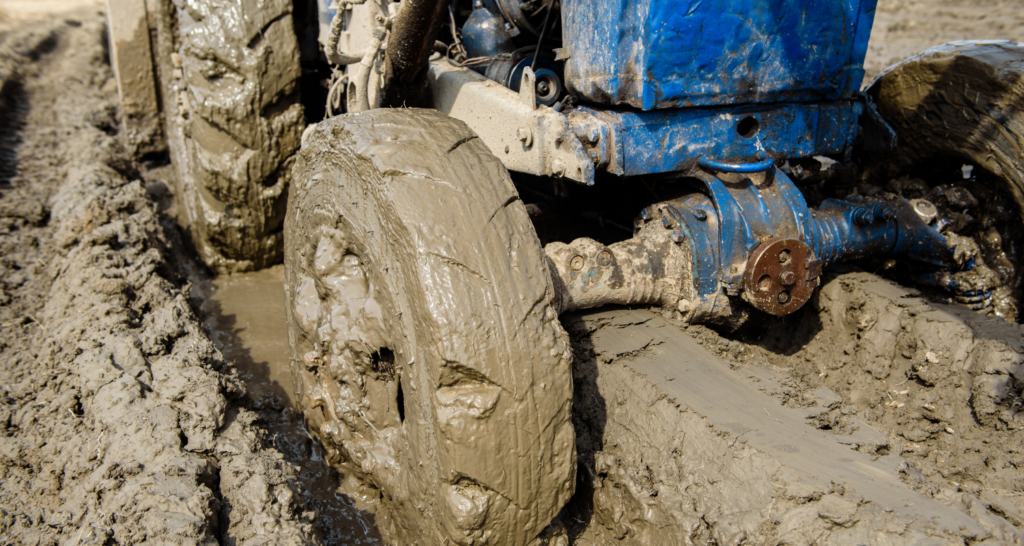
It Happened to One of Us
AgSafe Alberta has been made aware of a farm in our province being found guilty of an occupational health and safety (OHS) offence and receiving a fine.
When OHS charges are laid, a worksite party (that is, an employer, owner, supervisor, worker, supplier, contractor, etc.) can be found guilty, have charges withdrawn or stayed, or be acquitted. When found guilty, the worksite party may be sentenced to one, or a combination, of the following:
- A fine
- Imprisonment
- Corporate probation
- Creative sentencing

Fines for OHS Offences
Fines for a first offence can be up to $500,000 and/or up to 6 months in prison per violation. Fines or a second offence can be up to $1 million and/or up to 12 months in prison per violation.
If a convicted worksite party (or parties) continue the offence, they can face additional fines:
- Up to $30,000 per day for the first offence
- Up to $60,000 per day for a subsequent offence.
All fines are subject to a 20% victim surcharge.
Fines in Other Provinces
Below are links to articles about farms in other provinces that have received fines for unsafe work situations. It is possible we could start to see more of these here in Alberta.
Saskatchewan Farm Fined $20K After Worker Loses Hands
2 Sask. companies get 5-figure fines for workplace injuries
Farm fined $80,000 including a $22,857 Surcharge
Big Sky Farms Fined Almost $100,000
Shilo Farms Ltd Fined More Than $30,000 After Serious Hand Injury
Saskatoon Farm Fined $70K After Worker Death
May 16-22 is Canada Road Safety Week

Did you know that according to the Traffic Injury Research Foundation, more than 90% of road crashes are the result of human error or condition?
Canada Road Safety Week is an enforcement-driven initiative designed to increase public compliance with safe driving measures in order to save lives and reduce injuries on our roads. The campaign is focused on behaviours that put drivers, passengers, pedestrians and other vulnerable road users most at risk, such as:
- Drug-impaired driving
- Alcohol-impaired driving
- Fatigue-impaired driving
- Distracted driving
- Aggressive driving
- Driving without a seatbelt
AgSafe Alberta knows it is a busy time for farmers and ranchers across the province. However, safe driving behaviours and practices should always be used. Before hitting the road this season, take a few moments to ensure your time on the road will be as safe as possible.
May is Melanoma & Skin Cancer Awareness Month
- May is Melanoma & Skin Cancer Awareness Month and the beginning of summer weather. If you have not already, download and use AgSafe Alberta’s Sun Safety Tips Toolbox Talk. While you are at it, take a few moments to check out these resources from the Save Your Skin Foundation:
Extracting Stuck Equipment Safely

“The driver had to be taken to the hospital…The damage was extensive and his doctors are still determining whether he will permanently lose any range of motion in his arm. After the driver was hit, he could not move his arm, so the 8345 shot into the back of the 8295, and now we have an 8345 in the shop with a lot of damage. The driver’s injury and equipment damage was all caused by the tremendous tension placed on a single cotter pin pulled by equipment with lots of power…. The safety of the drivers should have been the most important thing here.”
Source: Purdue Extension, Extracting Stuck Equipment Safely
Purdue Extension has developed an Extracting Stuck Equipment Safely (may take some time to load) resource to address such critical points as understanding the zones of extraction and forces of resistance, selecting the right equipment, and inspecting and caring for recovery devices. It also provides a detailed tips list for recovering vehicles and equipment. While you might be more familiar with extracting equipment than you care to be, it is still important to remember:
- Every situation is different and needs to be assessed first and foremost.
- You should always expect the unexpected.
- Just because you can do something, doesn’t mean you should.
- Know when to call a professional; many towing companies have specialized equipment that can pull the some of the largest equipment out of mud safely.
SAFETY FIRST, LAST THOUGHTS

Power line Safety Reminders
Know where your power lines are located. Are there any power lines you must drive near with large equipment? Will you be digging any new lines for waterers? Take a moment to reminder yourself, and if you don’t already know, find out!
Know your safe limits of approach. Keep your equipment at least seven metres away from overhead power lines. Don’t rely solely on people’s actions. Mark areas with caution tape, post signage or install barriers as needed.
Know your clearances. Does any seeding or spraying equipment need to travel under power lines? Will any new equipment or storage bins need to be hauled in under power lines? Don’t attempt to measure the clearance or raise a line yourself, contact your energy provider or Utility Safety Partners to do it for you and advise them of the situation. Depending on the situation, power may need to be temporarily disconnected while the move is in progress.
Know what to do if a contact occurs. Despite our best efforts, when people get busy, stressed or overtired, mistakes can happen. This includes staying in the equipment (except when it is on fire) and calling 9-1-1. To view the full procedure and to order stickers of it for your equipment, visit the AgSafe Alberta Store.
Ensure everyone else working on the farm knows too! Take a few minutes at the breakfast table or before starting the job to discuss these and other important safety-related matters. Reminding them to ensure that booms, arms and boxes are down before travelling is a good start. Even if you don’t think it needs to be said, say it again.
Click here to view EPCOR’s Working Safely Near Overhead Power Lines Bulletin
CONTACT US
For general inquiries: info@agasafeab.ca /403-219-
For our hotline for incidence assistance: 1-833-9AGSAFE
